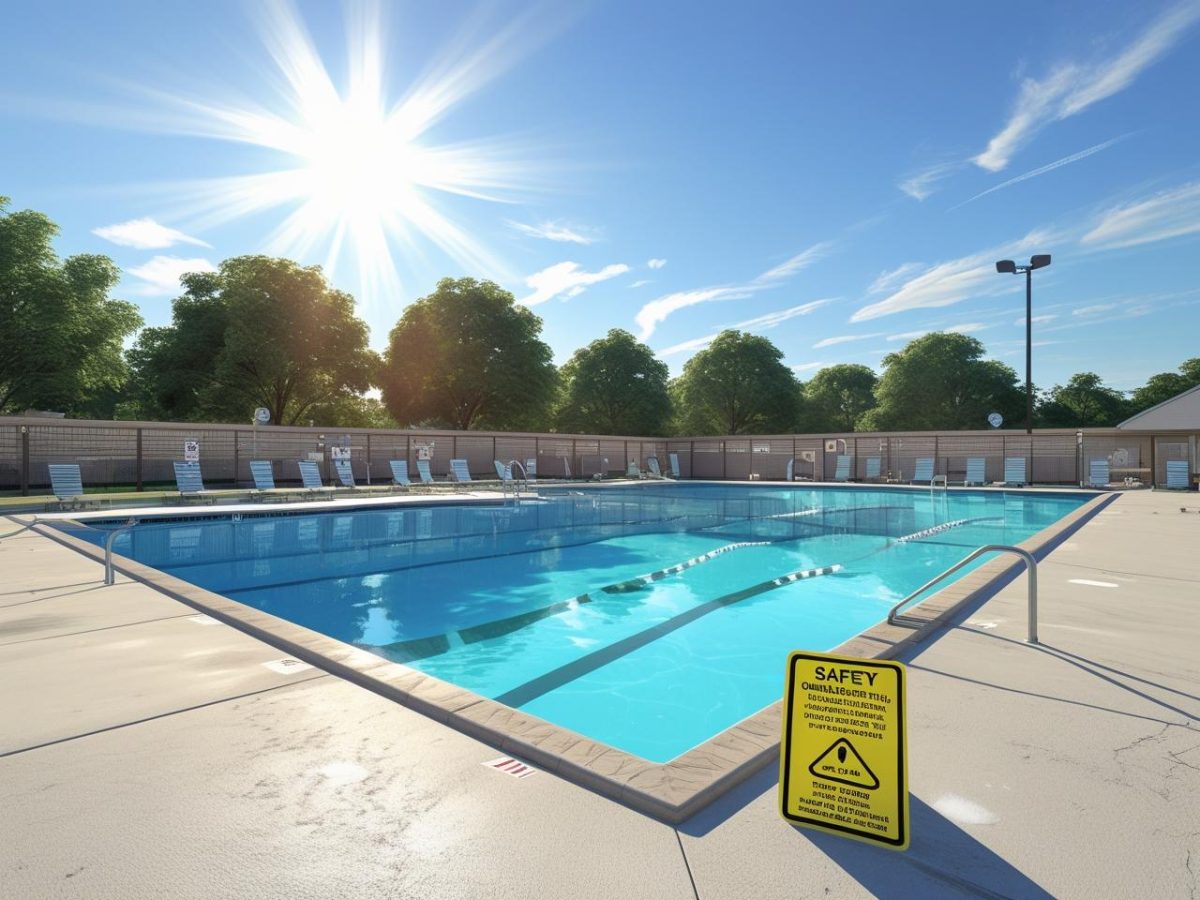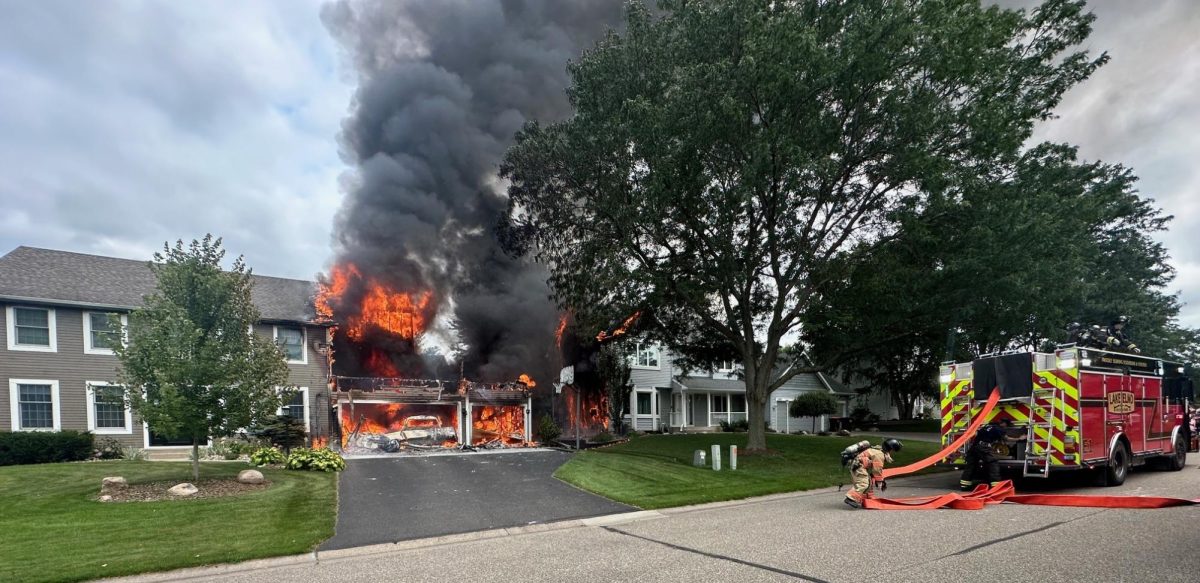A recent near drowning of a toddler in Woodbury has raised concerns about water safety. Experts say drowning deaths among children have increased nationally in recent years and are the most common cause of injury deaths in kids between the ages of one and four.
About 53 Minnesotans lose their lives to drowning every year, according to state statistics. While the Minnesota DNR reports that about 26 percent of the deaths are associated with boating, the vast majority of victims drown in pools, lakes, and even buckets of water. There are also racial disparities in deaths in the water with Blacks and recent immigrants from countries without a history of recreational swimming at greater risk.
Risks
Some behaviors increase risk around water include:
- Lack of supervision-particularly of young children
- Cold water immersion
- Alcohol use
- Inadequate swimming skills
- Lack of access to swimming lessons
What Drowning Looks Like
The Hollywood depiction of drowning is wrong, according to the National Drowning Prevention Alliance. Victims rarely splash around and call for help. Young children generally disappear silently from sight even though in 88% of the cases a parent is present. Older victims are generally vertical with their mouths at the water level. They are often facing the shore and making motions with their arms like climbing a ladder.
Prevention
Experts provide these strategies to help prevent water calamities:
- Supervising parents should be within touch distance of young children
- In a group designate a “water watcher” who will do nothing else but watch their swimmers together with those in touch distance-no phones, no alcohol or drugs, and no other distractions. Try to rotate the responsibility.
- Learn CPR. Classes are available locally and on-line through the YMCA, the American Red Cross, school district community education, and several private companies.
- Make sure that children have swim safety lessons offered by the YMCA, school district community education, and private swimming schools
- Families of children on the autism spectrum need to take special precautions because kids with autism often head to water when they run (elope). The Autism Society of Minnesota can be a resource for adapted lessons especially now that new legislation provides funding for lessons.
Additional information on drowning and prevention strategies are available from Stop Drowning Now, Colin’s Hope and CDC Drowning Prevention.








